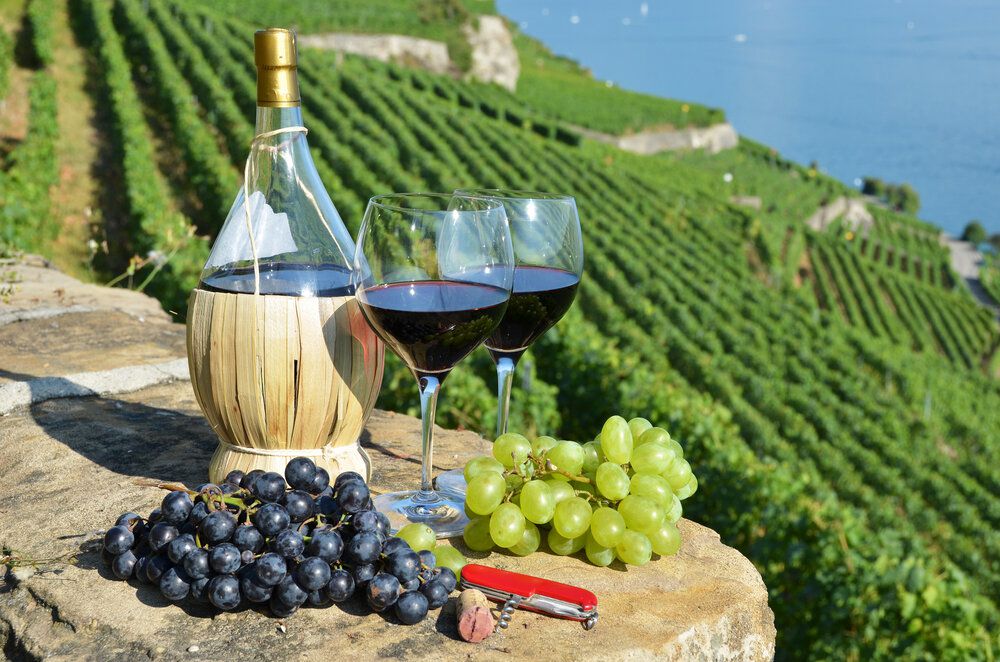The first step in a wine tasting is to take a sip. When sipping a wine, you should always look at it over a clean surface. The color of a wine is an indication of its health and concentration. You should also know the color of a grape varietal, its age, and the growing season to evaluate its flavor. A Bordeaux wine is red, and most often a blend of Cabernet Sauvignon and Merlot.
The next step is to decide which wines you want to sample. If you are a beginner, try to stick to whites. This will give you a better idea of the different kinds of reds. If you are not sure, go for a red wine. For whites, try a sparkling wine. While whites tend to be more subtle, reds tend to be softer. A good wine will be a combination of the two.
Wines with high alcohol levels are full-bodied. A full-bodied wine will feel dense and concentrated on the palate. A light-bodied wine may be thin or light, or feel hot. This can be an indicator of an over-abundance of alcohol. If you have a taste for a red wine, look for the color that’s saturated. If it’s too dark, it’s probably too young. For whites, go for an opaque white.
When tasting a white wine, you should take a sip larger than normal and hold it in your mouth for about three to five seconds. This will ensure that the wine coats your tongue and provides an overall complex taste experience. A good example of an interesting wine is toasted bread. As you taste a wine, you should smell it and enjoy its flavors. You should also note any odors. If you have a strong odor, this indicates that the wine has gone over its shelf life.
